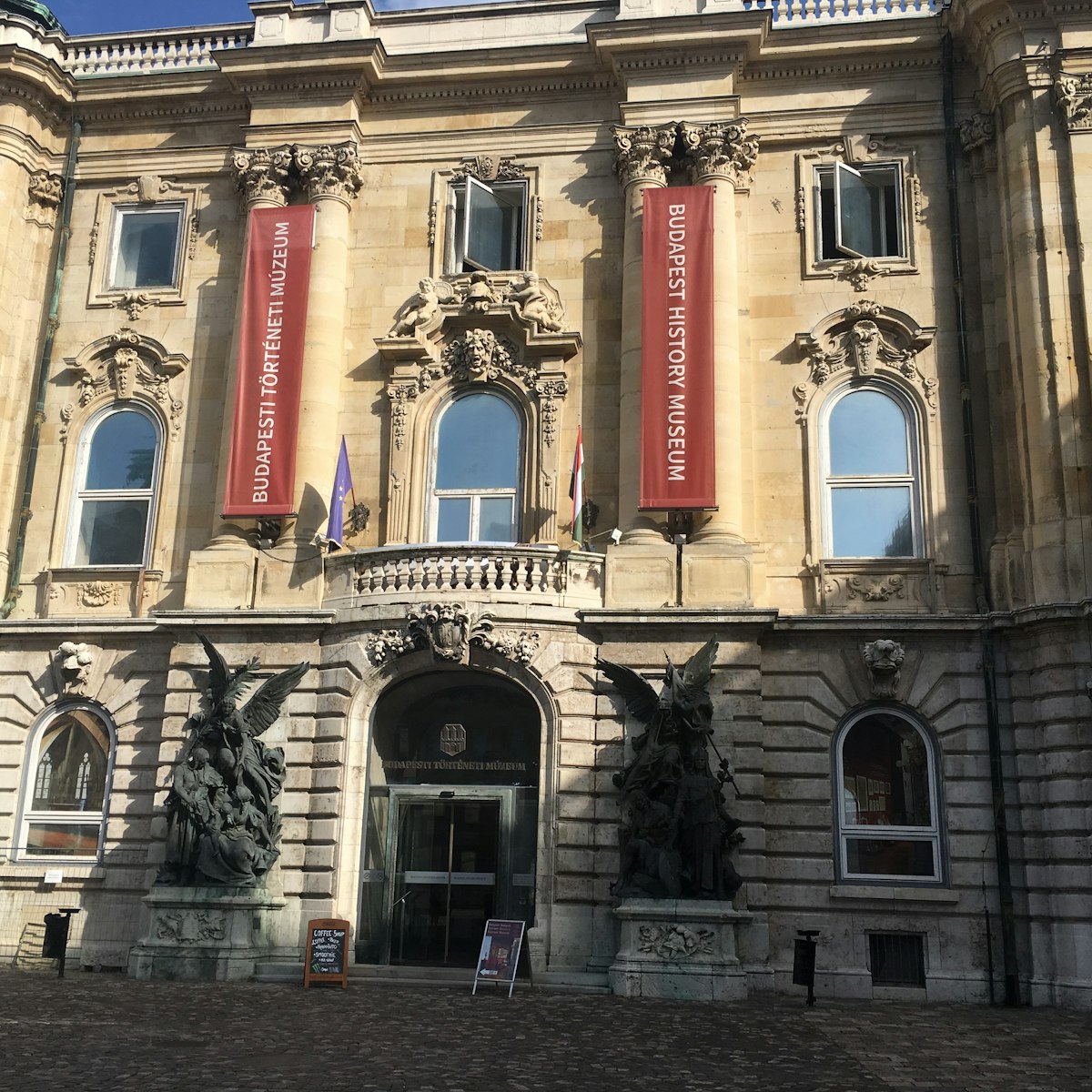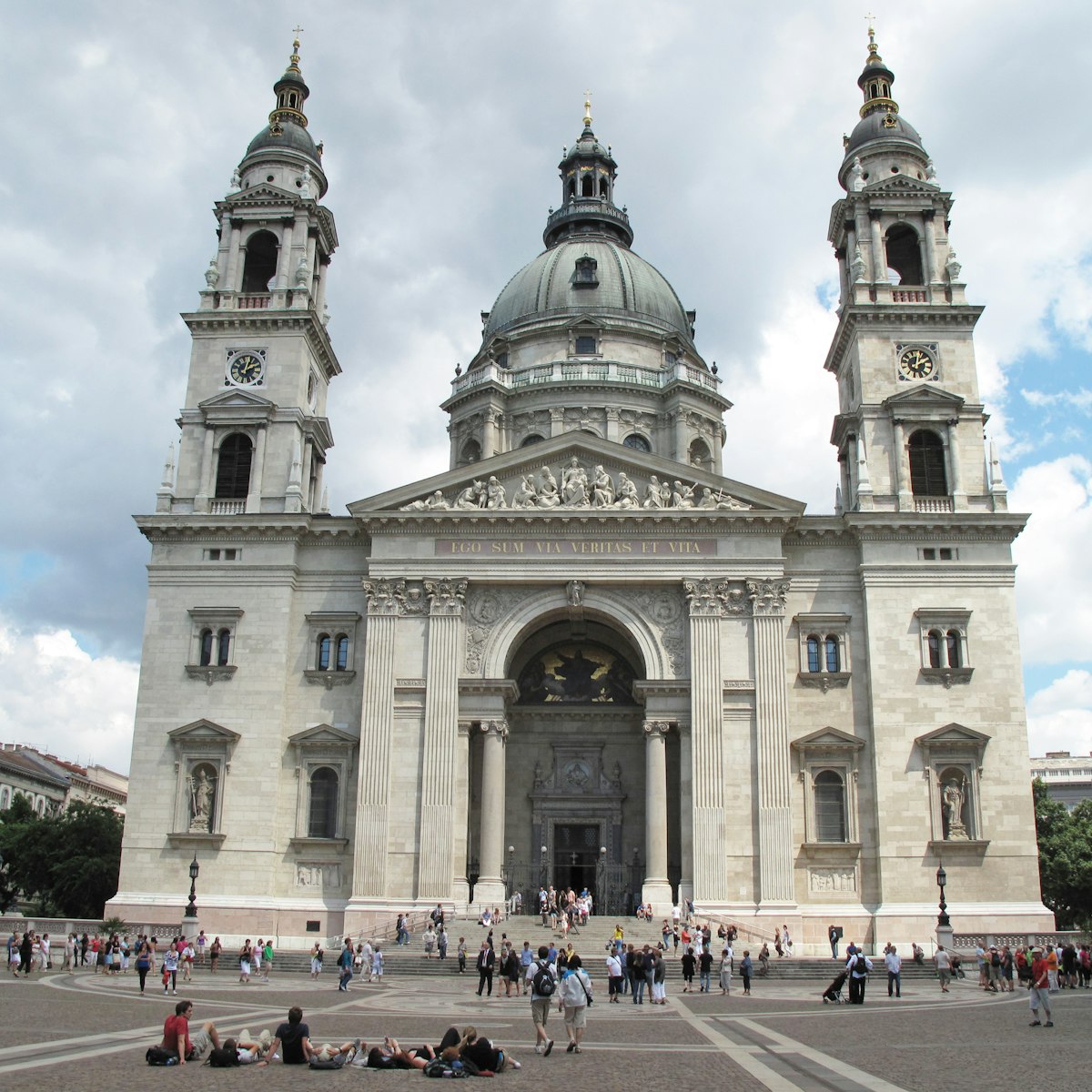This museum of East Asian art is housed in the former villa of its benefactor and namesake; the pagoda in front gives the game away. Founded in 1919, the museum shows cracking temporary exhibitions from its collection of Chinese and Japanese ceramics, porcelain, textiles and sculpture, Indonesian wayang puppets and Indian statuary as well as lamaist sculpture and scroll paintings from Tibet.

Ferenc Hopp Museum of East Asian Art
Budapest
Lonely Planet's must-see attractions

2.05 MILES
Castle Hill is a kilometre-long limestone plateau towering 170m above the Danube. It contains some of Budapest’s most important medieval monuments and…

0.36 MILES
Housed in a grand Renaissance-style building and once again opened after three years' renovations in late 2018, the Museum of Fine Arts is home to the…

25.33 MILES
The largest church in Hungary sits on Castle Hill, and its 72m-high central dome can be seen for many kilometres around. The building of the present…

1.89 MILES
The Castle Museum, part of the multibranched Budapest History Museum, explores the city's 2000-year history over four floors. Restored palace rooms dating…

19.96 MILES
The 13th-century citadel looms over Visegrád atop a 333m-high hill and is surrounded by moats hewn from solid rock. The real highlight is simply walking…

1.23 MILES
Budapest's stunning Great Synagogue is the world's largest Jewish house of worship outside New York City. Built in 1859, the synagogue has both Romantic…

6.84 MILES
Home to more than 40 statues, busts and plaques of Lenin, Marx, Béla Kun and others whose likenesses have ended up on trash heaps elsewhere, Memento Park,…

1.17 MILES
Budapest’s neoclassical cathedral is the most sacred Catholic church in all of Hungary and contains its most revered relic: the mummified right hand of…
Nearby Budapest attractions
0.09 MILES
This lovely residence with phenomenal stained glass and grillwork was designed by Zoltán Bálint and Lajos Jámbor in 1902.
0.1 MILES
The exhibits at the Postal Museum – original 19th-century post-office counters, old uniforms and coaches, some big brass horns – probably won't do much…
0.2 MILES
Built as a block of flats by master architect Kálmán Albert Körössy in 1904, this lovely Secessionist building now serves as a school.
0.21 MILES
This cream-coloured villa designed by Emil Vidor (1867–1952) in 1902 is among the purest – and most extravagant – examples of art nouveau architecture in…
5. György Ráth Museum
0.21 MILES
The one-time home of the eponymous first director (1828–1905) of the Museum of Applied Arts has recently opened and is a shrine to art nouveau…
0.24 MILES
This green villa with its curious turret was designed by Emil Vidor Emil Vidor (1867–1952) for his father in 1905 and incorporates any number of European…
0.25 MILES
A stunning example of late art nouveau architecture designed by Aladár Arkay in 1913, with carved wooden gates, stained glass and ceramic tiles on the…
0.31 MILES
The Palace of Art, reminiscent of a Greek temple, is among the city’s largest exhibition spaces. It focuses on contemporary visual arts, with some three…